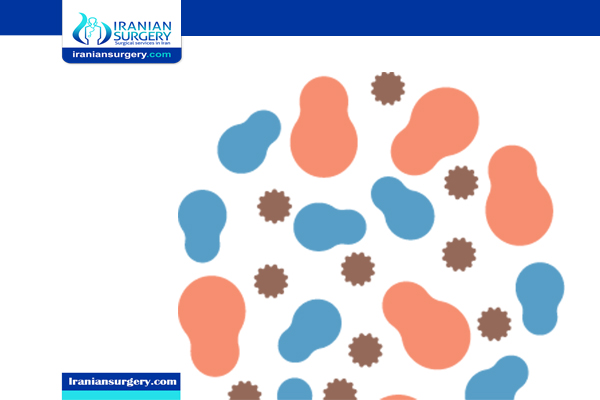Triglycerides Test
What is a triglycerides test?
A triglycerides test measures the amount of triglycerides in your blood. Triglycerides are a type of fat in your body. If you eat more calories than you need, the extra calories are changed into triglycerides. These triglycerides are stored in your fat cells for later use. When your body needs energy, triglycerides are released into your bloodstream to provide fuel for your muscles to work. If you eat more calories than you burn off, especially calories from carbohydrates and fats, you may get high triglyceride levels in your blood. High triglycerides may put you at greater risk for a heart attack or stroke.
Other names for a triglycerides test: TG, TRIG, lipid panel, fasting lipoprotein panel.
What is it used for?
A triglycerides test is usually part of a lipid profile. Lipid is another word for fat. A lipid profile is a test that measures the level of fats in your blood, including triglycerides and cholesterol, a waxy, fatty substance found in every cell of your body. If you have high levels of both LDL (bad) cholesterol and triglycerides, you may be at an increased risk for a heart attack or stroke.
Your health care provider may order a lipid profile as part of a routine exam or to diagnose or monitor heart conditions.
Why do I need a triglycerides test?
Healthy adults should get a lipid profile, which includes a triglycerides test, every four to six years. You may need to be tested more often if you have certain risk factors for heart disease. These include:
- Family history of heart disease
- Smoking
- Being overweight
- Unhealthy eating habits
- Lack of exercise
- Diabetes
- High blood pressure
- Men 45 years or older and women 50 years or older are at a higher risk for heart disease
What happens during a triglycerides test?
A triglycerides test is a blood test. During the test, a health care professional will take a blood sample from a vein in your arm, using a small needle. After the needle is inserted, a small amount of blood will be collected into a test tube or vial. You may feel a little sting when the needle goes in or out. This usually takes less than five minutes.

Will I need to do anything to prepare for the test?
You may need to fast (not food or drink) for 9 to 12 hours before your blood is drawn. Your health care provider will let you know if you need to fast and if there are any special instructions to follow.
Are there any risks to the test?
There is very little risk to having a blood test. You may have slight pain or bruising at the spot where the needle was put in, but most symptoms go away quickly.
What do the results mean?
Triglycerides are usually measured in milligrams (mg) of triglycerides per deciliter (dL) of blood. For adults, results are usually categorized as:
- Normal/desirable triglyceride range: less than 150mg/dL
- Borderline high triglyceride range: 150 to 199 mg/dL
- High triglyceride range: 200 to 499 mg/dL
- Very high triglyceride range: 500 mg/dL and above
Higher than normal triglyceride levels may put you at risk for heart disease. To reduce your levels and lower your risk, your health care provider may recommend lifestyle changes and/or prescribe medicines.
If your results were borderline high, your provider may recommend that you:
- Lose weight
- Eat a healthier diet
- Get more exercise
- Reduce alcohol intake
- Take a cholesterol lowering medicine
If your results were high or very high, your provider may recommend the same lifestyle changes as above and also that you:
- Follow a very low-fat diet
- Lose a significant amount of weight
- Take medicine or medicines designed to lower triglycerides
Be sure to talk to your health care provider before making any major changes to your diet or exercise routine.


